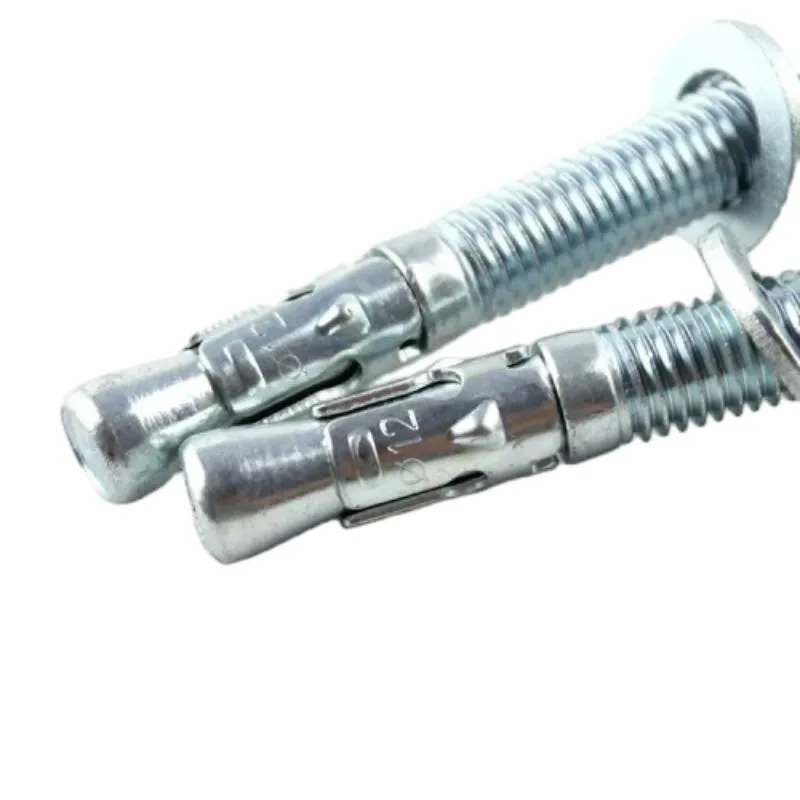Déc . 25, 2024 22:45 Back to list
stud bolt manufacturing process
The Manufacturing Process of Stud Bolts
Stud bolts are essential components in various industries, including construction, automotive, and manufacturing. They are used to secure parts together, providing strength and stability in numerous applications. The manufacturing process of stud bolts involves several steps, ensuring that they meet stringent quality and performance standards. This article outlines the key stages in the production of stud bolts, from material selection to finishing processes.
Material Selection
The first step in manufacturing stud bolts is the selection of suitable materials. Common materials include carbon steel, stainless steel, and alloy steels, which provide the necessary strength and corrosion resistance required for different applications. The choice of material depends on the intended use of the stud bolts, environmental conditions, and load requirements. For instance, stainless steel is preferred for marine applications due to its high resistance to rust and corrosion.
Forging
Once the materials are selected, the next step is forging. This process involves shaping the material under high pressure, which increases its strength and improves its grain structure. Forging can be done in various ways, including hot forging or cold forging, depending on the desired properties of the stud bolts. Hot forging is typically used for larger diameters, while cold forging is utilized for smaller sizes due to its ability to produce tighter tolerances and a better finish.
During the forging process, the material is heated to a specific temperature and then shaped using dies. This results in a rough shape of the stud bolt, which is then subjected to further processing.
Machining
After forging, the stud bolt goes through machining. This step is critical for achieving precise dimensions and surface finishes. Machining processes may include turning, milling, and threading. Turning is used to create a cylindrical shape, while milling can be employed for more complex geometries. Threading is a vital operation as it defines the stud bolt's engagement with nuts and other components.
stud bolt manufacturing process

The choice of machining techniques depends on the specifications of the stud bolt, including its length, diameter, and thread type. Advanced CNC (Computer Numerical Control) machines are often used in this stage to ensure high precision and efficiency.
Heat Treatment
Heat treatment is another crucial step in the production of stud bolts. This process involves heating and cooling the forged and machined bolts to alter their microstructure and improve their mechanical properties. Common heat treatment methods include annealing, quenching, and tempering. Annealing softens the material, making it easier to work with, while quenching and tempering increase the hardness and strength of the stud bolts. These processes ensure that the final product can withstand the stresses and strains it will encounter in service.
Surface Finishing
Once heat treatment is complete, stud bolts undergo surface finishing. This step enhances the appearance and wear resistance of the bolts. Various techniques are employed, including grinding, plating, and coating. Grinding removes surface imperfections and achieves a smooth finish, while plating adds a layer of protection against corrosion. Common plating materials include zinc and chrome, which provide additional resistance to environmental factors.
Quality Control
Quality control is an integral part of the manufacturing process. Each batch of stud bolts is tested for strength, hardness, and dimensional accuracy to ensure they meet industry standards and customer specifications. Non-destructive testing methods, such as ultrasonic and magnetic particle inspection, may be used to detect any internal flaws that could compromise their performance.
Conclusion
The manufacturing process of stud bolts is a complex and meticulous endeavor that ensures the production of high-quality components for various applications. It involves careful material selection, forging, machining, heat treatment, surface finishing, and rigorous quality control. As industries continue to evolve, so too will the methods and technologies used in stud bolt manufacturing, maintaining their critical role in construction, automotive, and other sectors. Through ongoing innovation and adherence to quality standards, manufacturers can meet the demands of a rapidly changing market.


